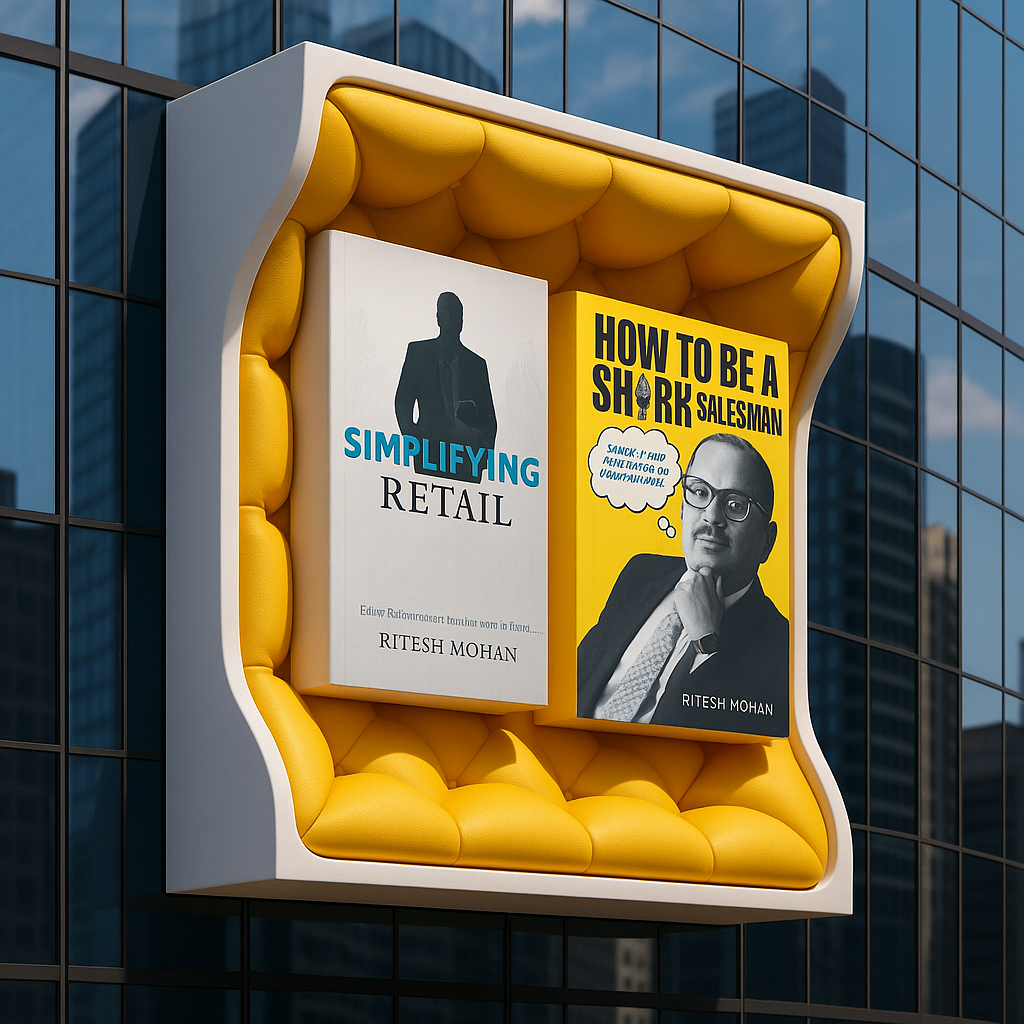Are you a value innovator in your industry? Learn how to scale your business 10X using the Value Innovation concept.
Are you a Value Innovator?
Many companies take their industry’s conditions or economic scenario as given; value innovators don’t.
Many companies let their competitors set the parameters of their strategic thinking; value innovators do not use their competitors as benchmarks.
Let me clarify and explain this in more detail.
Businesses usually compete in a market full of “me-too” products or offerings.
Hence businesses tend to look for opportunities within the parameters of the given constraint i.e. their capabilities (strengths) and assets (plant, machinery, people, etc).
And that’s where they make a mistake.

Value innovators look for what customers’ value in common. They always ask a question, “What if we start anew or fresh?”
What makes Value innovators stand apart?
-
Industry assumptions
Conventional logic considers industry assumptions as static and given. Value innovation logic believes in shaping the Industry’s conditions.
-
Strategic Focus.
In conventional thinking, we push for building a competitive advantage in our industry. The aim is to beat the competition.
In Value innovator logic, Competition is not the benchmark. A company should pursue a quantum leap in value to dominate the market.
-
Customer focus:
In conventional business, the aim is to keep and grow an existing customer base through product segmentation, launches, and customization. Whereas value innovators focus on the mass of buyers and consciously let some existing customers go. It focuses on the key commonalities in what customers’ value.
-
Assets & Capabilities:
In conventional logic, a company should leverage its existing assets and capabilities. Whereas in Value innovation, a company must not get constrained by what it already has. It must ask, “What would we do if we were starting fresh & new”?
Few examples of Value innovators
The French Hotelier Accor, which discarded the notion of what a hotel has to look like to offer what most customers want: a good night’s sleep at a low price.
Virgin Atlantic challenged the industry conventions by eliminating the first-class service and channeling the savings into innovations for the business class passengers.
Virgin introduced large, reclining sleeper seats in business class, well above industry standards. Additionally, virgin offered free transportation to their business class passengers.
With those innovations, Virgin attracted not only a large share of the industry’s business class customers but also some of the full economy fare and first-class passengers of other airlines.
Virgin’s value innovation gave the company a competitive advantage for several years.
These companies did not set out to beat their competition, but they ended up achieving the greatest competitive advantages.
Are Retailers in the middle east, creating a Virtual Value chain? Click here to find out more
Case study: Kinepolis (Belgian multiplex operator)
Founder Bert Claeys, faced a scenario wherein the movie theaters revenues were declining due to the onslaught by video cassettes and Video players and Video CDs. And add to the onslaught was the cable television invasion into homes which forced many cinema operations and exhibitors out of their businesses.
Cinema operators were fighting for their share of pie within the shrinking market size. It was the “Red sea” in strategy terminology.
Cinema operators in order to compete were downsizing their theatres into mini theatres having 100 odd seats with a screen size of 7meters by 5 meters with 35mm projection equipment.
Given the current scenario, Bert Claeys decided to break the market norms and launched Kinepolis, the world’s first megaplex with 25 screens, 7600 seats, offering cinema-goers superior experience.
In a year, Kinepolis had 50% of the market share in Brussels.
They threw all small cinema operators out of their businesses.
They chose to take a quantum leap by opening megaplex on the outskirts of the city (lesser rent advantage, easy parking, and easy accessibility to cinema-goers).
25 screens and 7600 seats gave them better negotiating power with movie distributors, resulting in better margins.
They leverage common lobby for central ticketing for all 25 screens resulting in manpower and cost optimization. Furthermore, Kinepolis spends very little on advertising because its value innovation generates a lot of word of mouth publicity.
So, do you see yourself as a Value innovator?
In case you want to understand this concept in your business perspective, feel free to reach out to me on riteshmohan@yahoo.com
Reference book: Harvard business review on Strategies for growth.
About the author:
Ritesh Mohan is a passionate retail professional with over 21 years in the Retail sector, handling some of the biggest brands in beauty, fashion, and fragrances retail & FMCG sector. He specializes in Retail management, Product development, and Brand Management, Retail Operations, Sales Management, and Franchising & Business Management.





July 24, 2019 @ 3:08 pm
Good article Ritesh
July 27, 2019 @ 7:40 am
thanks Jenson. I am glad you liked it.
February 15, 2020 @ 5:54 pm
Well articulated Ritesh. Superb examples. Thanks.
February 16, 2020 @ 11:02 am
thanks Krishna. I am glad you liked the concept of value innovation.
“First Mover advantage” Is it still relevant in era of Google? - Retail Ritesh
May 29, 2020 @ 7:19 pm
[…] Learn the concept of Value Innovation, Read here. […]